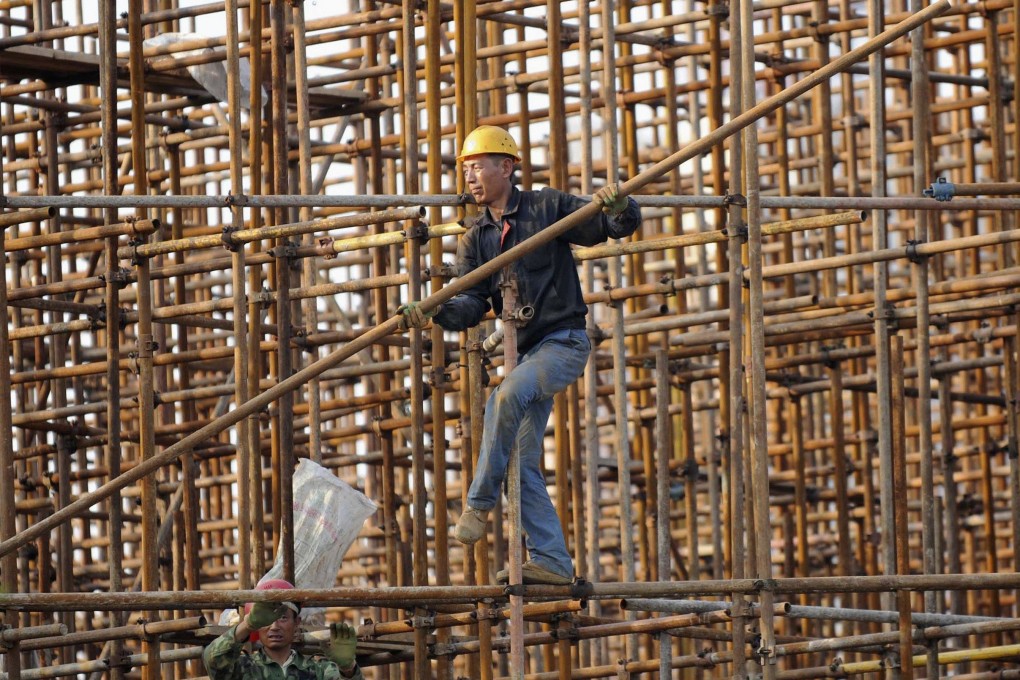Advertisement
Opinion | China’s growth model is losing steam. Is more market freedom the best way to avoid an economic slump?
- Investment, technological advancement and population control have transformed China’s economy – but there are signs the old economic model is hitting the buffers
- Beijing must relax its grip and allow entrepreneurial initiative to flourish, or risk a hard economic landing
Reading Time:3 minutes
Why you can trust SCMP
7

China’s growth during the past 30 years is without parallel in economic history. Within one generation, the country has transformed itself beyond recognition. It has also invalidated Western economic orthodoxy that asserts that sustained growth requires a free-market economy.
China succeeded where the Soviet Union failed. In the process, the Chinese have become much more prosperous. The World Bank estimates that the national poverty rate has now fallen to levels comparable to that in the US, a paragon of capitalism.
There is much on which to congratulate China’s economic planners. Still, past performance is no guarantee of future success. There are increasingly irrefutable signs that China’s growth model is hitting the buffers.
China’s dizzying development drive has been the result of three unique, but mutually supporting, factors. First was the unprecedented investment boom, financed by ever-expanding credit.
Since the 1990s, China has invested on average more than 40 per cent of its GDP, and more than that since the global financial crisis. No other country has ever done anything remotely comparable over a similarly prolonged stretch of time.
Advertisement
